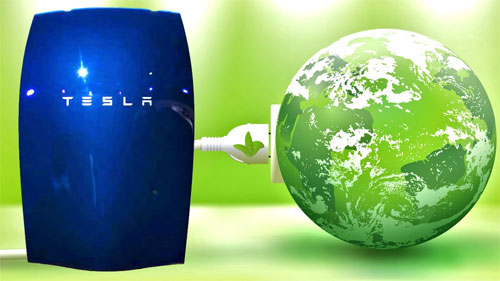Home solar energy production, long the preserve of enthusiastic environmentalists and technological early adopters, is edging its way into the mainstream. At the forefront of this movement stands Elon Musk, the notorious entrepreneur of PayPal and SpaceX fame. Through his work with Tesla Motors and SolarCity, Musk is striving to make solar electrical production both easy and affordable, encouraging countless average homeowners to take advantage of its benefits.
The cost of the equipment needed for a home solar installation typically exceeds $15,000. This figure drops somewhat when we consider the effects of tax breaks and other subsidies offered for solar installations, but it’s still much higher than most individuals are capable of paying. SolarCity (http://www.
This novel pricing arrangement has brought in more than 50,000 customers who have agreed to SolarCity’s leases. There are, however, certain limitations inherent to the lease plans. Users still must rely on their local utility companies for electricity when the weather is bad or when they’re using more energy than their solar panels can produce. And of course, the panels cannot collect solar power at night.
Tesla’s new battery system aims to change all that.
On April 30, Tesla announced the arrival of the Powerwall battery(https://www.youtube.
Despite these remarkable advancements, even the 10kWh model doesn’t have the storage capacity to power a typical American household unassisted for a full day. Customers may have to purchase two or more Powerwalls to achieve true energy independence, or continue their strained relationship with normal energy suppliers.
But even in light of its limitations, the Powerwall is a key piece of the puzzle that strives to end much or all of customers’ need for an outside energy source. Utility firms are rightly worried about this disruptive development – now that people can make their own electricity at home and use it whenever they need to, they may not require either the electricity generated or the grid infrastructure maintained by electrical companies.
Some of traditional energy suppliers hope to roll with the punches and adjust to changing conditions, such as America’s Pacific Gas & Electric, which offers a rebate to customers for using the battery. Other energy enterprises are choosing the opposite route and charging a fee to customers who have solar equipment, ostensibly to pay for the expenses of integrating solar with the current electrical grid. This plan may backfire over the long term, as solar technology becomes increasingly accessible and inexpensive.
However the old-school utility companies end up fitting into the new energy landscape, one thing’s for certain: by shifting from coal and oil-burning plants to cleaner forms of power, pollution will be significantly reduced. Between government subsidies(http://energy.gov/







